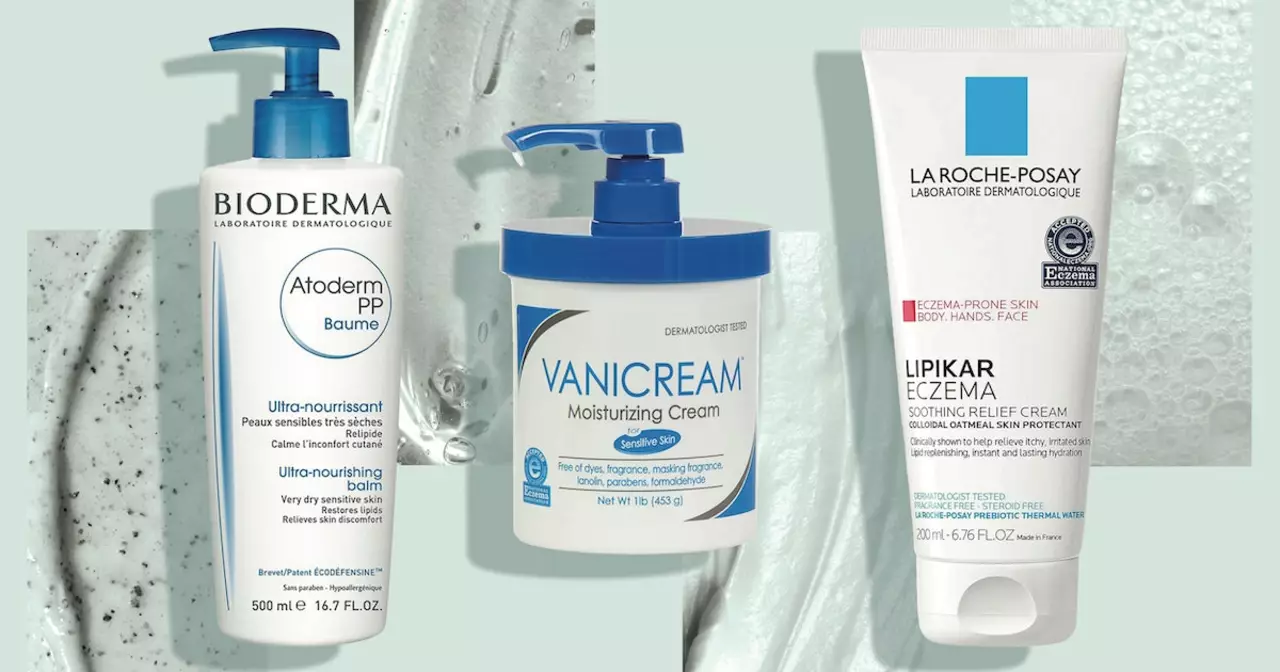Clothing Choices: What to Wear When Meds, Recovery, or Sensitive Skin Matter
Your clothes do more than look good—they can change how comfortable you feel while taking medicine, recovering from a procedure, or dealing with sensitive skin. A few simple swaps in fabric and fit can cut irritation, protect transdermal patches, and reduce sun-related drug reactions. Here’s what actually helps.
Dress for treatments and recovery
If you’re using patches, dressing for access and adhesion is key. Pick loose tops that don’t rub the patch site and avoid high-waist bands that sit right on top of it. For example, testosterone or hormone patches need flat, stable skin and minimal friction—soft cotton tees and low-compression shirts work well.
After surgeries or injections, choose button-front shirts or zip-up hoodies so you don’t have to pull clothes over tender areas. For IVs, port sites, or wound dressings, short sleeves or sleeves that roll up easily beat tight long sleeves. Don’t forget footwear: after foot surgery or if you have swollen feet from meds, pick roomy shoes with adjustable straps.
Fabric choices, sun safety, and skin comfort
Cotton and bamboo blends are great when skin is sensitive. They breathe, wick sweat, and reduce chafing. Avoid coarse synthetics right next to healing skin or allergy-prone areas—those can trap moisture and irritate. If you sweat a lot on certain meds, moisture-wicking fabrics designed for sports can cut discomfort without irritating skin.
Some medicines make skin more sensitive to sunlight. When a drug raises photosensitivity, loose, long-sleeve shirts, wide-brim hats, and UPF-rated fabrics offer better protection than sunscreen alone during long outdoor exposure. Darker, tightly woven fabrics block more UV light—use that when you know sun sensitivity is an issue.
Compression garments and support wear have a place but use them carefully. If a med causes swelling, graduated compression socks can help circulation, but never wear them over an irritated area or a fresh wound. If you’re unsure, ask your healthcare provider how tight is too tight for your condition.
Small, practical tips matter: choose clothing that zips instead of pulls on, keep a soft layer over patch sites, switch to hypoallergenic laundry detergent if rashes appear, and carry a spare top if a dressing or patch needs replacement. If you’re pregnant or nursing, prioritize breathable fabrics and easy access for check-ups or treatments.
Want more tailored tips? Check articles about transdermal patches and pregnancy-safe advice on our site—topics like the new testosterone patch trials or managing allergies in pregnancy give real-world context for clothing choices. A few smart changes in what you wear can make medicines work better and recovery smoother.
If you have a specific condition or a tight-fitting item you can’t give up, talk to your pharmacist or doctor. They can help match clothing choices to your meds and treatment plan so you stay comfortable without sacrificing care.

How to Choose the Right Clothing for Eczema-Prone Skin
May 4 2023 / Health and WellnessAs someone with eczema-prone skin, I know how challenging it can be to find the right clothing that doesn't irritate my skin. The key is to opt for soft, breathable fabrics like cotton, bamboo, or Tencel, which help in reducing friction and overheating. It's also essential to avoid synthetic materials, like polyester and nylon, as they can cause irritation and worsen eczema symptoms. Additionally, choosing loose-fitting clothes over tight ones allows for better airflow and less irritation. Lastly, always check for seams and tags that could potentially irritate your skin, and opt for seamless clothing or remove any scratchy tags.
VIEW MORE